
Desert Locusts invade South Sudan
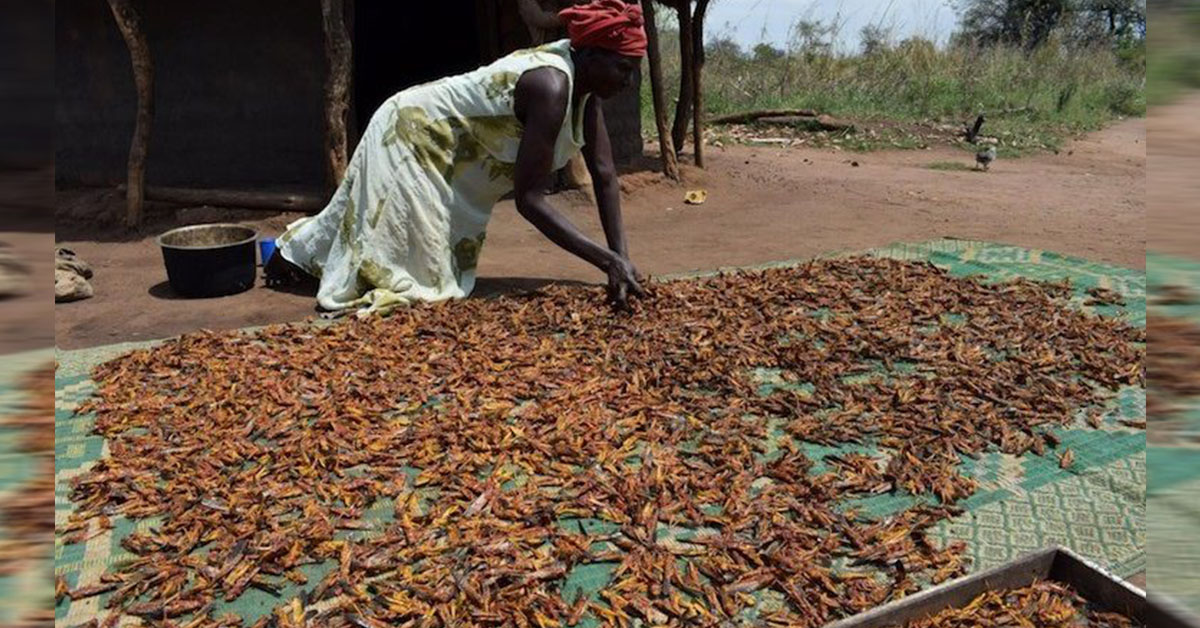
South Sudan’s ministry of Agriculture and Food Security has confirmed a heavy influx of desert locusts in in to the country in Eastern Equatoria State.
Large swarms of desert locusts invaded East Africa, particularly Kenya, weeks ago and infested about 70,000 hectares roughly 172974 acres of land in Somalia.
The Food and Agriculture Organisation (FAO) termed the infestation as ‘worst situation in 25 years’ in the Horn of Africa.
The desert locusts have now crossed to South Sudan through three villages; Lobone, Magwi, Panyikwara and Owiny-Kibul, which are areas close to the border with Kenya and Uganda, the ministry confirmed in a press conference on Tuesday in the capital Juba.
“the desert locusts have entered South Sudan from Magwi County and we thought that it was the normal green grasshopper like it has been reported earlier but we sent our team with those of FAO and they confirmed the presence of the locusts,” minister Onyoti Adigo told the press.
Meshack Malo, the country representative of the United Nations Food and Agriculture Organization (FAO) said they are putting measures to confront the locusts in what is described as the deadliest fight for the already struggling economy of South Sudan.
“We have put together almost 1,000 back sprayers ready in which we are hoping to move tomorrow (Wednesday) to the field to train young people … to deal with them (Locusts) at the stage of the pupa,”Malo said.
He said if the locusts are not dealt with at this stage the predatory insects would multiply and it would be a much problem since female locusts lay between 150 and 200 eggs. He said there are about 2000 locusts in the country.
“There is a high likelihood that they will produce and will invite more females to come,” Malo added.
In February last year, the UN-Food Agricultural Organization issued an alert about the invasion of the desert locusts that was first reported in Yemen.
This year the locusts then spread to Somali, Ethiopia and Eritrea before crossing into Kenya, Uganda and now into South Sudan. Where they have crops and vegetation.
During the 34th extra-ordinary submit of IGAD heads of state and government held in Ethiopia a week ago, the regional bloc called on its member states to cooperate with the neighboring countries and exert more efforts to fight the desert locust invasion.
Experts have raised the alarm over the unprecedented swarms of locusts that poses serious threats to food security and livelihoods in the Horn of Africa, including South Sudan.
But there were no coordinated responses from the region. The locusts travel by wind for at least 150 – 200km a day.
A swamp of locusts can consume the same amount of food per day as about 20 elephants, or 25 camels or 2,500 people.
Minister Adigo says it will cost over 2 billion South Sudanese Pounds to respond to the locust reported in the country.
Adigo says the contingency fund will cater for pesticides, ground spraying equipment, spraying team, and aircraft to suppress the population and its further spread.
“We will need cars for ground spraying, we will need aircraft when its invasion gets serious like what is happening in Uganda, Kenya and Ethiopia,” he told The Insider.
South Sudan is a member of the Desert Locust Control Organization of East Africa and would receive help from the region if need be.
Adigo revealed that he is currently working with partners, and sharing information with the organization on the status of the desert locusts in the region.
South Sudan is believed by many as vulnerable in handling the locusts’ invasion given the current political, social and economic crises in the country.
In the Extra Ordinary Council of Ministers meeting held in Juba on Wednesday, the government directed the ministry of finance to pay the arears of FAO to be used to fight the desert locusts.
How to control Locusts
Some gardeners in Indiana are planting garlic between their vegetables and it repels insects away from all plants around but Rick Bein, a Professor at Indiana University USA, Department of Geography, wrote to the Insider in an email that he doubts if garlic can work to break the circle.
Prof. Bein who was once a lectured in Khartoum, Sudan, visited South Sudan in 1976 when he visted South Sudanese students he had thought in Khartoum.
“If a member of the swarm can be deflected the other locusts will eat it,” Rick advises since locusts are cannibal creatures that feast on each other for survival in the circle.
The best way for swarming insects to get the protein and salt they need is to eat each other states a research by the World Economic Forum
The report stipulates that, the most commonly used control currently is insecticide. Sprayed from land or aerial vehicles, whole swarms can be targeted in relatively short periods of time. However, this has obviously led to some environmental concerns.
Perhaps more promising are so-called biological control mechanisms. Natural predators such as wasps, birds and reptiles may prove effective at keeping small swarms at bay.
However, for managing more established swarms, newly-developed targeted microbial biopesticedes, such as the fungus-based “Green Muscle”, offer a larger-scale solution.
Studies demonstrate how susceptible locust swarms are to randomness. If we can increase the randomness or “noise” a swarm experiences, then we might be able to break it apart. This idea might be harnessed as a swarm-management strategy, using low-flying planes to create atmospheric disturbance to disrupt locusts.
Despite these efforts, West Africa faced one of its largest locust outbreaks in 2003-2005. Cold, dry conditions in the winter finally allowed control agencies to halt the outbreak at a cost of around $400 million and harvest losses calculated at more than five times that amount.
Controlling locust swarms is no easy task. And the larger the swarms, the more difficult the task becomes. Prevention, then, is likely the best medicine, but this requires keeping a very keen eye out. Remember, it only takes three locusts to make a swarm.
Additional Reporting and Editing by David Mono Danga.

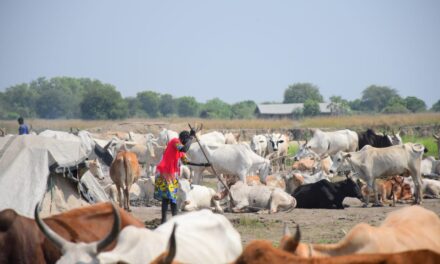









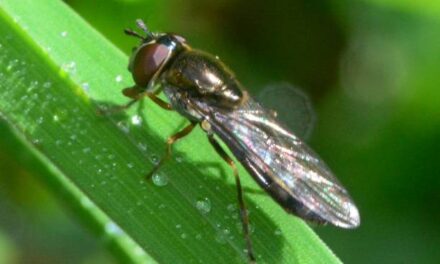





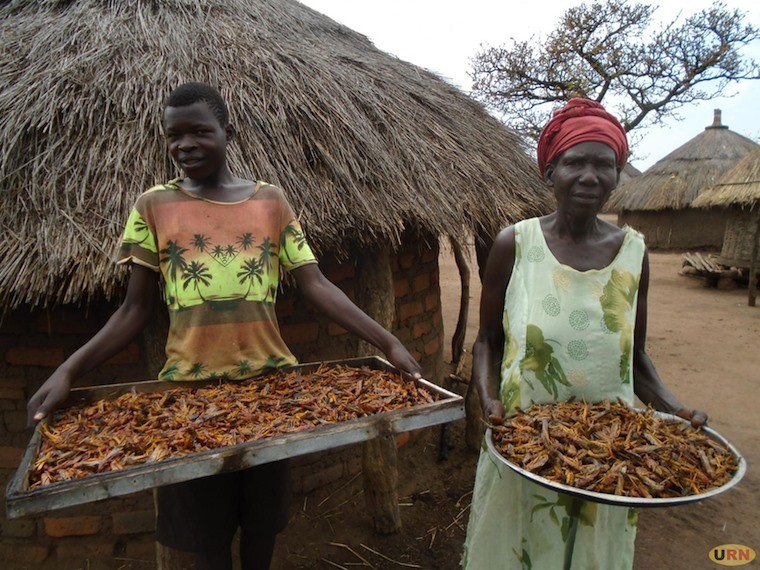
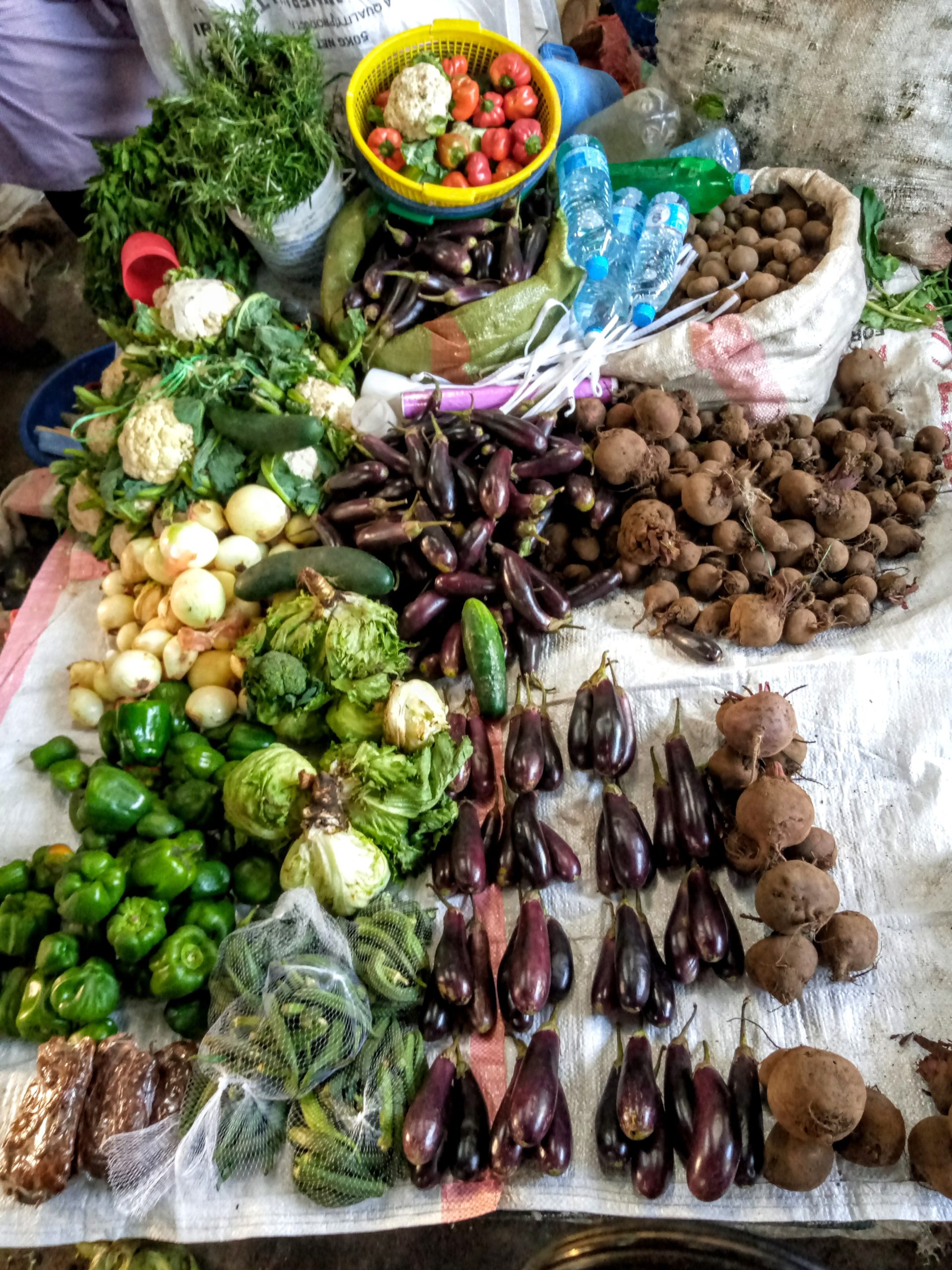


Recent Comments